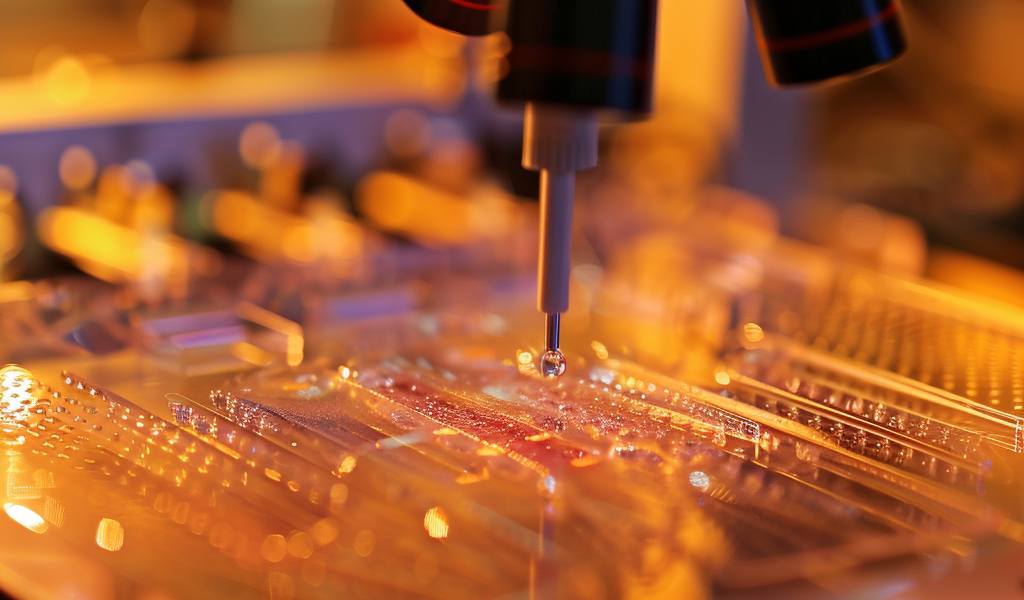Drug delivery researchers at Oregon State University have developed a groundbreaking device aimed at improving gene therapy for patients with inherited lung diseases such as cystic fibrosis. The study, led by Professor Gaurav Sahay and published in ACS Nano, introduces a microfluidic aerosolization platform that could revolutionize gene therapy treatments.
Researchers at the Ohio State University College of Pharmacy have devised a unique method for aerosolizing inhalable nanoparticles to transport messenger RNA, the technology behind COVID-19 vaccinations, directly to patients’ lungs in cell cultures and mouse models. This innovative approach addresses the limitations of current nebulization techniques, which often lead to the aggregation of nanoparticles in specific lung regions due to shear stress.
Professor Sahay’s team is specifically investigating lipid nanoparticles (LNPs) as a vehicle for gene delivery, with a focus on cystic fibrosis. This degenerative hereditary disease affects thousands of individuals in the United States, leading to chronic lung infections and airway restrictions. The defective gene responsible for cystic fibrosis, known as CFTR, results in lung dehydration and mucus buildup.
Lipids, compounds with fatty tails commonly found in natural oils and waxes, play a crucial role in this gene therapy approach. Nanoparticles, minute pieces of material ranging from one to 100 billionths of a meter, are utilized to carry messenger RNA that instructs cells to produce specific proteins.
In the case of COVID-19 vaccines, lipid nanoparticles deliver mRNA to prompt the production of a harmless portion of the virus’ spike protein, triggering an immune response. However, for cystic fibrosis treatment, the genetic material aims to correct the mutation in the CFTR gene, offering hope for patients suffering from this condition.
Professor Sahay highlights the use of a novel microfluidic chip that generates plumes to transport nanoparticles without causing shear stress. This device operates similarly to an ink-jet cartridge, producing plumes to deliver nanoparticles effectively.





